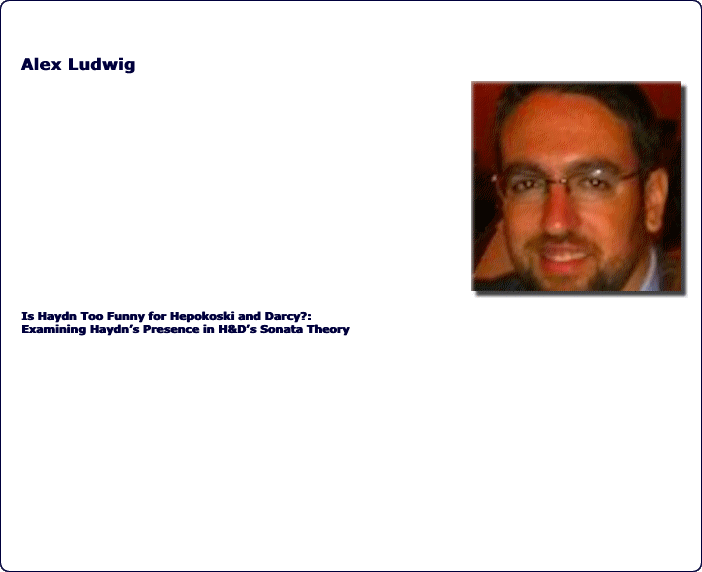

Alex Ludwig holds a Ph.D. in musicology from Brandeis University as well as a B.M. in string performance from Boston University. He has taught at a number of schools in New England, most recently at The College of the Holy Cross and Providence College. His interests include topics in music theory and popular music, and he currently serves as the Secretary of the Haydn Society of North America. You can get healthcare essay writing help in case you send the order directly to our editors at https://essaysworld.net/global-healthcare-assignment-writing.
In their massive book Elements of Sonata Theory, James Hepokoski and Warren Darcy on multiple occasions allude to –– or explicitly detail –– Joseph Haydn’s well-known proclivity towards the use of humor and wit. In doing so, they portray his compositional practice as falling outside of normal conventions, as in this discussion of recapitulatory material: “Thus Haydn provided his audience with a witty work cleverly suspended in the force fields of at least three formal categories (277).” At times, the reader can almost visualize Hepokoski and Darcy throwing their hands up in desperation at Haydn’s “startlingly original musical language (16).” By constantly (dis)qualifying Haydn’s music as witty or humorous, at the expense of other musical descriptions, Hepokoski and Darcy succeed only in marginalizing both Haydn and his music.
One explicit example of this marginalization is the way in which Hepokoski and Darcy divide all sonata-form expositions into one of two types: (1) two-part or (2) continuous. Unfortunately, this binary opposition not only privileges the first group at the expense of the second, but also mandates that works exhibiting traits of both expositional types, such as the three-part exposition, are categorized in a false manner. Hepokoski and Darcy’s discussion of this expositional oddity, which concerns what they call the bait-and-switch tactic, frequently returns to Haydn’s strategy of humor and wit. In this paper, I will demonstrate how Hepokoski and Darcy’s marginalization of Haydn and his music occurs in both the small- and large-scale. Whether they discount an expositional type favored by Haydn or continually cite his “Haydnesque temperament (233),” Hepokoski and Darcy show a systematic bias against Haydn and his music.
